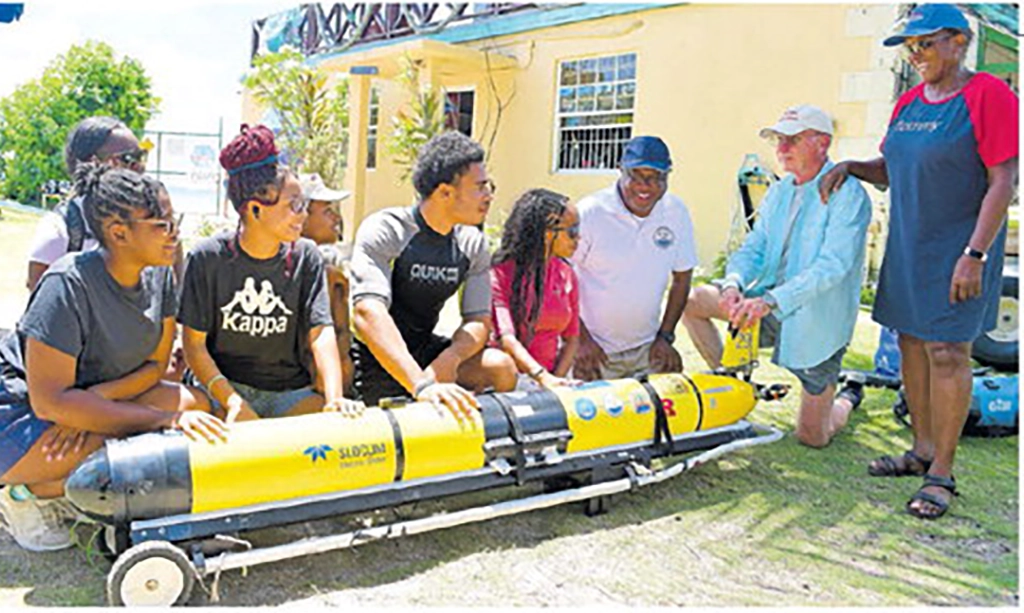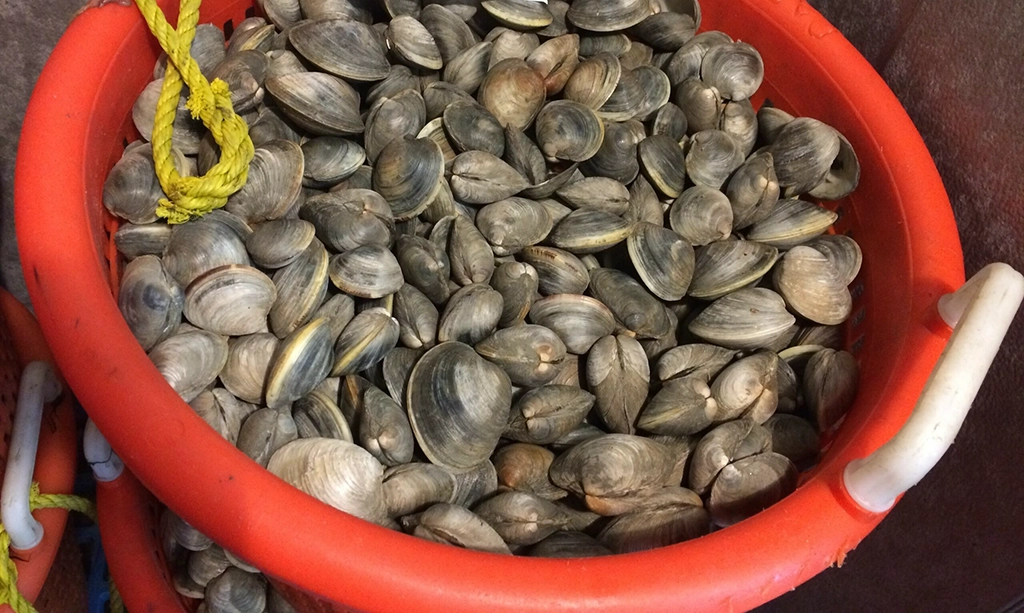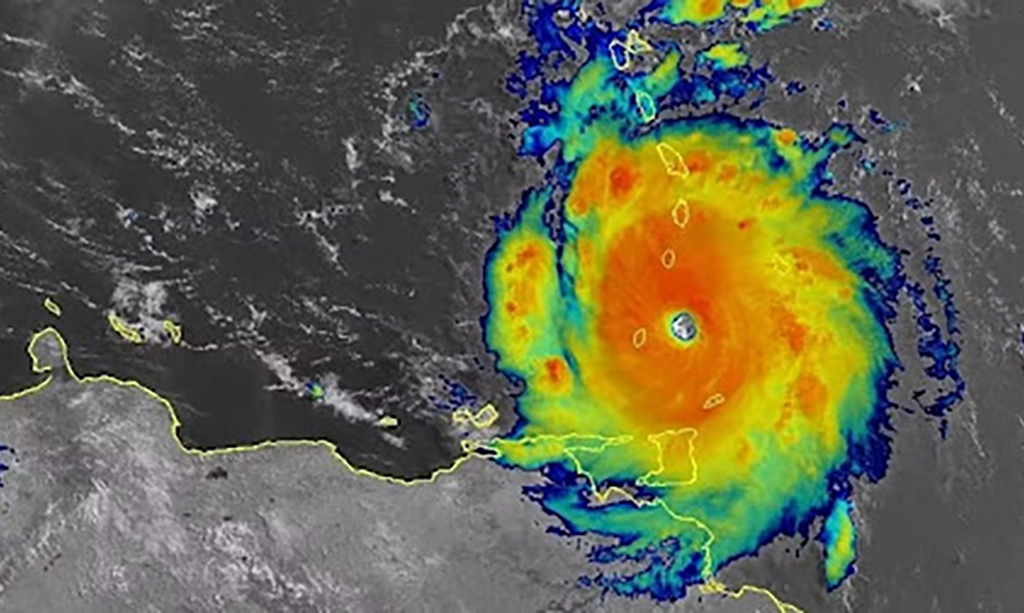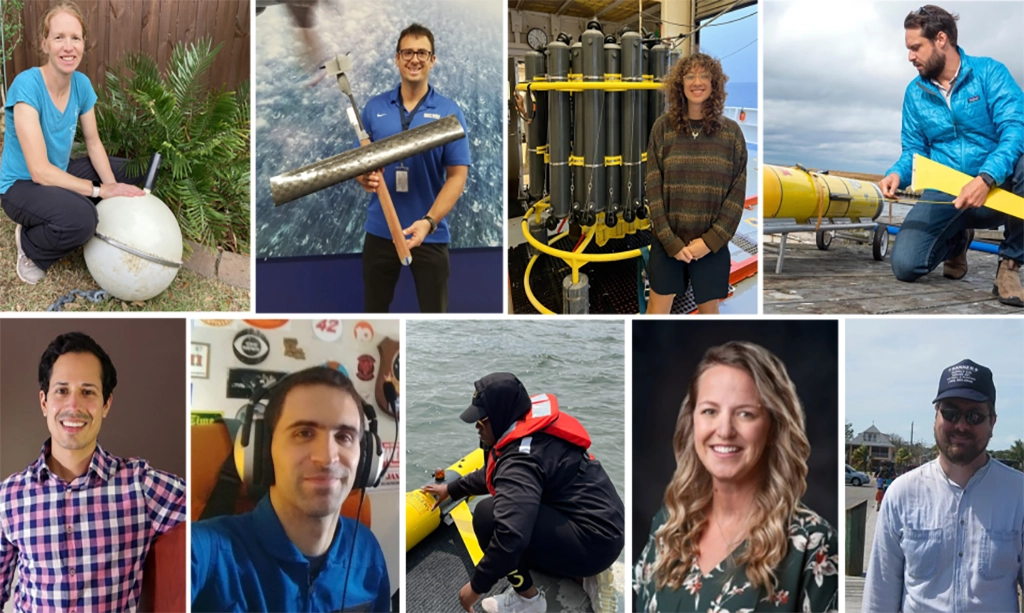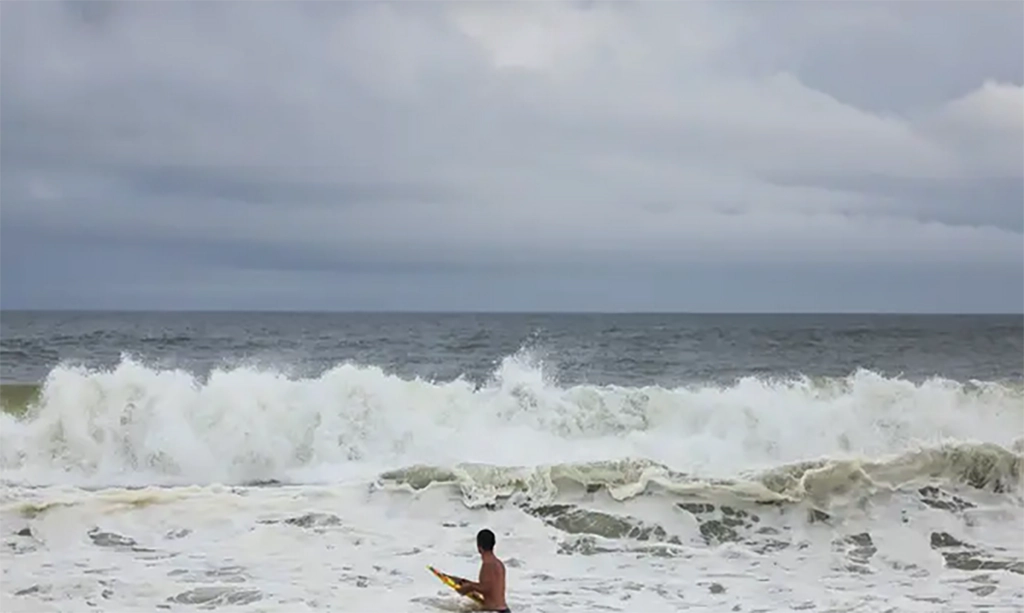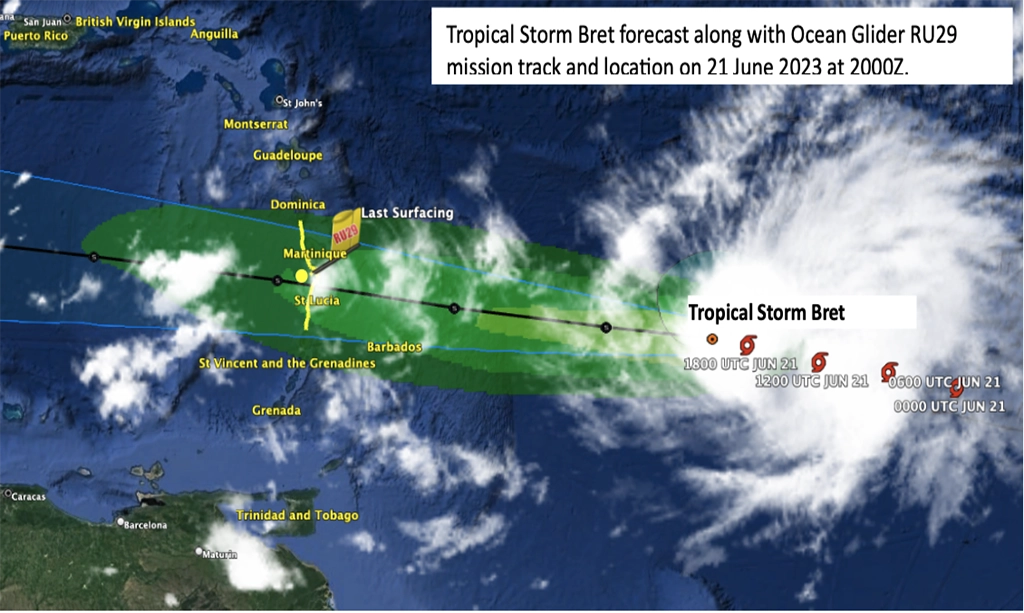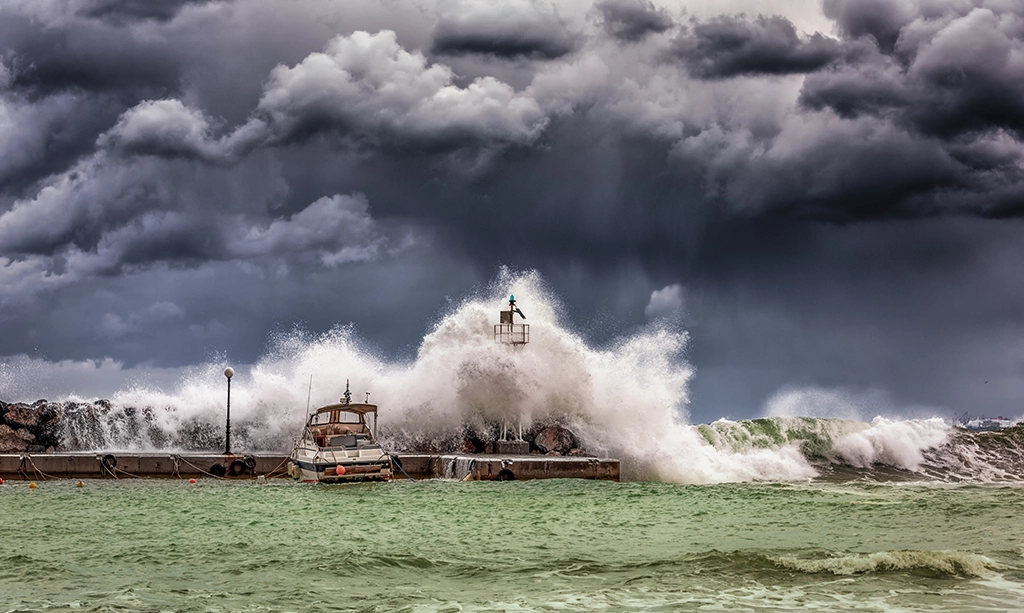Barbados set to be hub for marine science
BARBADOS IS BEING seen as a future hub for marine innovation, hurricane forecasting and scientific education. Regional and international ocean experts made that announcement at the pre-launch media briefing for…

